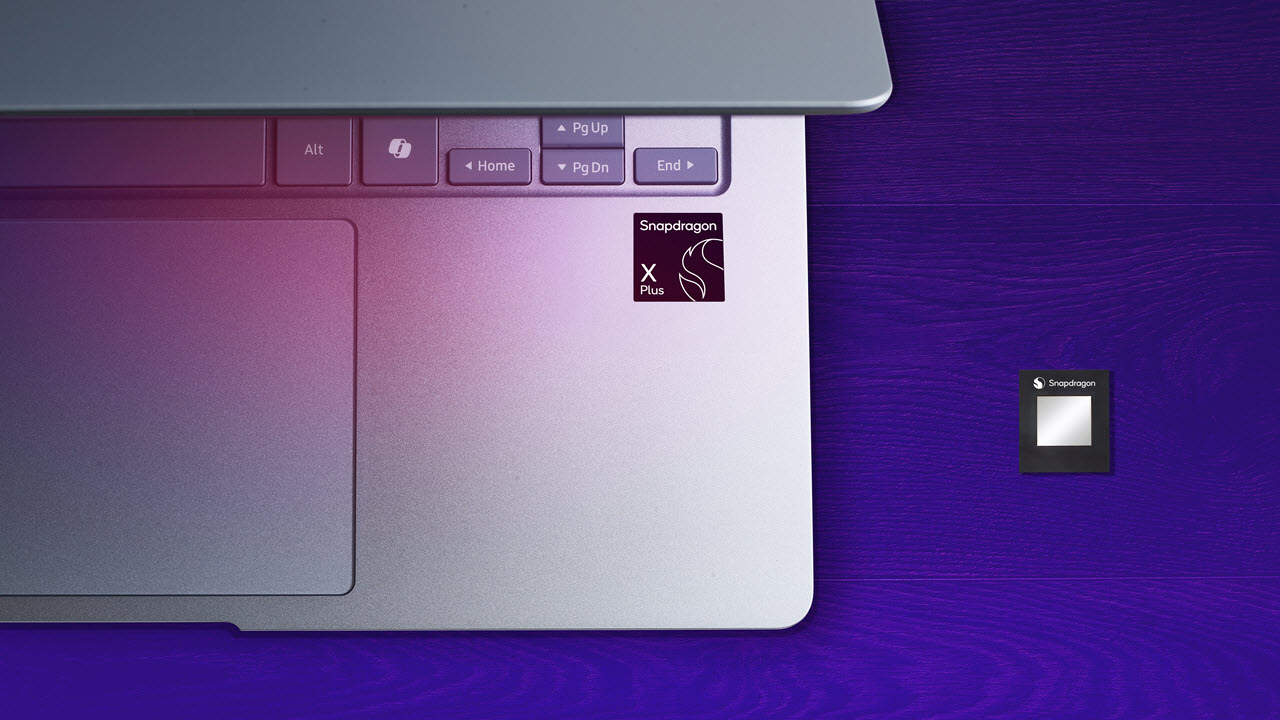Michelle Johnston Holthaus, an interim co-CEO of Intel, claims that a large percentage of Qualcomm-powered machines are being returned to retailers. Johnston Holthaus claims that it is retailers’ number one concern.
“I mean, if you look at the return rate for Arm PCs, you go talk to any retailer, their number one concern is ‘I get a large percentage of these back,’ because you go to set them up and the things that we just expect do not work, right,” said Johnston Holthaus at the Barclays 22nd Annual Global Technology Conference.
Qualcomm believes that in a few years about 50% of client PCs will use processors based on the Arm instruction set architecture, which means a major change for the industry. But for now, Snapdragon X Elite-powered systems have teething problems with compatibility and a large percentage of these systems return to retailers, according to Intel. Nonetheless, the company takes competition from Arm seriously.
Today Arm-based client PCs command about 10% of the market at best with the vast majority being Apple systems featuring M-series processors and Qualcomm Snapdragon X Elite-powered machines command less than 1% of the market. Slow adoption of Snapdragon systems is a result of multiple factors, including software compatibility issues, low gaming performance, and rather strong offerings from AMD and Intel. Compatibility issues are of course the No.1 reason why people return Snapdragon X-based systems to retailers.
This is going to change in the coming years once Microsoft as well as its partners among independent software vendors (ISVs) and independent hardware vendors (IHVs) solve compatibility issues and the number of companies offering Arm-based processors for PCs increases.
“Apple did a lot of that heavy lifting for Arm to make that ubiquitous with their OS and their whole walled garden stack,” said Johnston Holthaus. “So, I am not going to say Arm will get more, I am sure, than it gets today, but there are certainly some real barriers to getting there. […] “We [will] have more competitors than we have ever had, you will see more competitors enter the marketplace in 2025.”
The latter claim possibly refers to rumors about MediaTek and Nvidia entering the market with Arm system-on-chips for client PCs running Windows in 2025. Both MediaTek and Nvidia are larger competitors than Intel had in the 1980s, 1990s, and early 2000s, so the competition against these companies will be considerably more intense.
Intel does not seem to be afraid of competition on the client side of the market. On the one hand, it has its vast manufacturing capacities that can almost guarantee its dominance and it also plans to keep tailoring its designs to better compete against Arm-based rivals in terms of power consumption and performance efficiency. This Intel’s ability to adapt will be another barrier for new entrants into the client PC space, according to Intel.
“I think another barrier is we took too long at Intel to become performance and power oriented, and we made a massive leap with our lunar Lake product last year,” said the interim co-CEO. “We are as performant on performance and battery life as most Arm devices out there.”
Although PC makers could benefit from increased competition on the market by getting better pricing, they also value long term relationship with Intel and their experience with x86 processors, so once Intel can address certain design goals, PC makers might just prefer with the proven partner.
“As for our customers, a lot of them are saying, ‘okay, you are finally in the ballpark of being focused on all these right things, therefore, I believe I can bet on the x86 architecture’,” said Johnston Holthaus. “[…] Our customers have decades of relationships with Intel, and those do not go away overnight. I have seen customers lean in. I have seen customers change their roadmap.”
